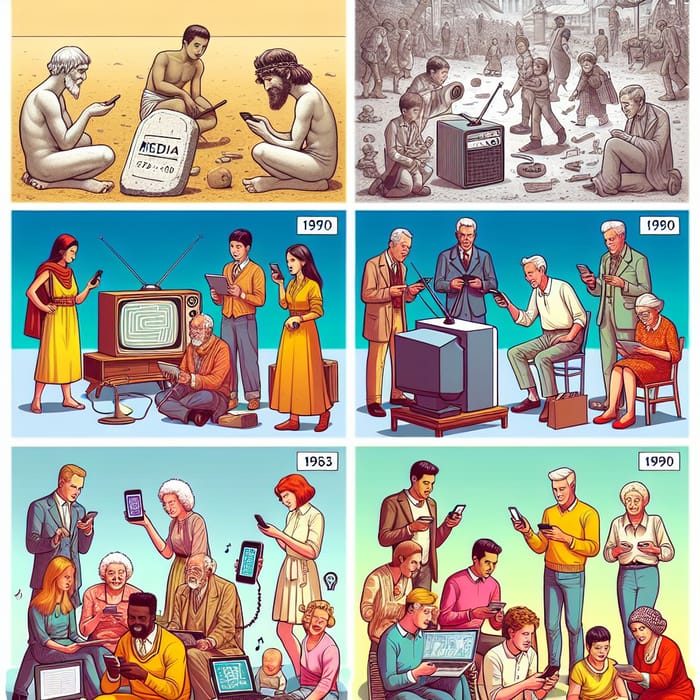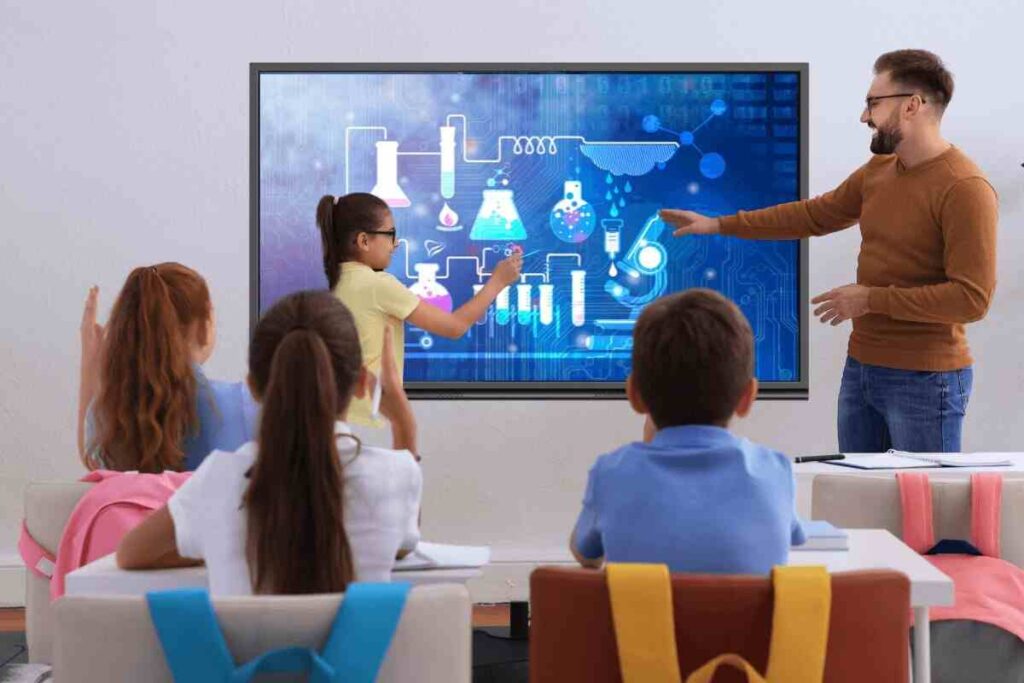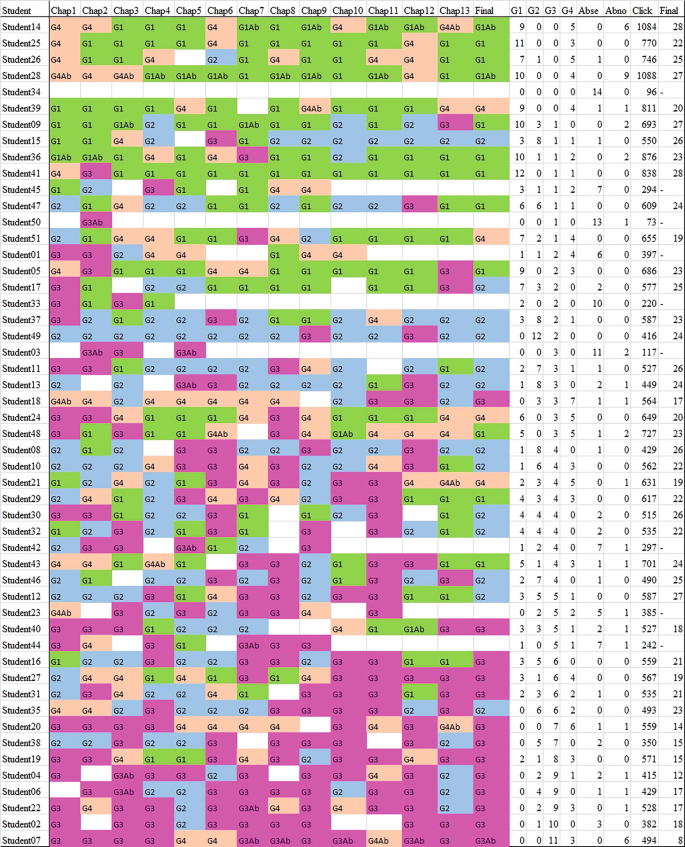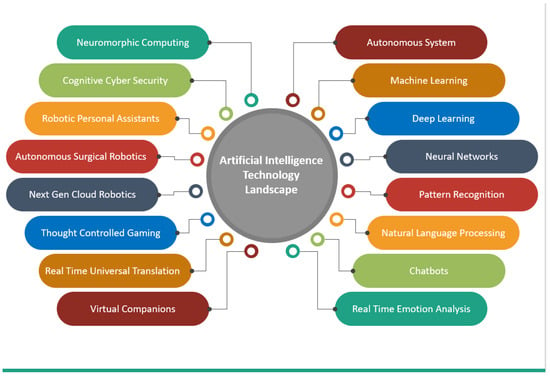Transforming Education: Essential Features of AI Presentation Tools for Modern Learning
The Evolution and Impact of AI-Powered Educational Platforms
I've witnessed firsthand how educational technology has evolved dramatically over the past decade. Today, AI presentation tools are revolutionizing how educators create engaging learning experiences, save valuable time, and gather meaningful insights about student performance. In this comprehensive guide, I'll explore the essential features that make modern AI presentation platforms indispensable for today's educational environments.
The Evolution of Educational Presentation Tools
I've observed that educational presentation tools have undergone a remarkable transformation over the decades. What began as simple chalk and blackboard presentations evolved into digital slides, and now we're witnessing the rise of sophisticated AI-powered educational platforms that are fundamentally changing how knowledge is shared and absorbed.
timeline
title Evolution of Educational Presentation Tools
1800s : Blackboard & Chalk
1950s : Overhead Projectors
1990s : PowerPoint & Digital Slides
2010s : Interactive Whiteboards
2015s : Cloud-Based Collaborative Slides
2020s : AI-Powered Presentation Platforms
The current landscape of AI presentation tools specifically designed for educational contexts offers unprecedented capabilities. These platforms go beyond simple slide creation to become comprehensive teaching assistants that can generate content, engage students interactively, and provide valuable insights into learning outcomes.
In my experience working with various platforms, I've found that PageOn.ai stands out by redefining the educational presentation experience. Its intuitive creation process allows educators to describe what they need in natural language and receive beautifully designed, education-focused presentations without requiring design skills or technical expertise.

Today's ai powered presentation tools are designed with educators in mind, offering features that address the unique challenges of teaching in modern, technology-enhanced classrooms. The focus has shifted from simply displaying information to creating immersive learning experiences that adapt to student needs and provide educators with actionable insights.
Core Interactive Features Driving Student Engagement
In my classroom, I've discovered that interactive features are essential for maintaining student attention and fostering active learning. Modern AI presentation tools offer a range of engagement capabilities that transform passive listeners into active participants.
Real-time Polling & Quizzes
Immediate feedback loops that allow educators to gauge comprehension and adjust teaching pace accordingly. These interactive elements can be embedded directly within presentations.
Word Clouds & Discussion Prompts
Visual representations of collective classroom thinking that encourage participation and highlight key concepts through collaborative input from all students.
Gamification Elements
Competitive and reward-based activities that transform passive learning into active participation through challenges, points systems, and achievement recognition.
Interactive Media Integration
Seamless incorporation of videos, audio clips, and interactive simulations that bring concepts to life and cater to different learning modalities.
I've found that PageOn.ai's AI Blocks feature is particularly powerful for educators who want to integrate interactive elements without technical expertise. These modular components allow teachers to easily add polls, quizzes, and interactive diagrams by simply describing what they need. The platform then generates the appropriate interactive element, ready to be included in the presentation.

For educators looking to enhance student participation, ai powered presentation tools provide built-in features that make creating engaging content straightforward. These tools allow for the seamless integration of interactive elements that would otherwise require significant technical knowledge or additional software to implement.
Personalization Features That Address Diverse Learning Needs
In my years of teaching, I've learned that personalization is key to effective education. Modern AI presentation platforms excel at providing customizable experiences that can be tailored to different learning styles, abilities, and subject matters.
flowchart TD
A[Educator Input] --> B{AI Analysis}
B --> C[Learning Style Adaptation]
B --> D[Subject-Specific Content]
B --> E[Accessibility Features]
C --> F[Visual Learners]
C --> G[Auditory Learners]
C --> H[Kinesthetic Learners]
F & G & H --> I[Personalized Presentation]
D & E --> I
I --> J[Enhanced Student Comprehension]
Adaptive Content
Presentations that automatically adjust difficulty level based on classroom comprehension data, ensuring material remains challenging yet accessible.
Customizable Templates
Subject-specific designs that visually align with content areas, from science and mathematics to literature and history.
Accessibility Features
Built-in tools for screen readers, color contrast adjustments, and simplified layouts for students with different learning needs.
I've found that using PageOn.ai's Deep Search capability allows me to discover and integrate subject-specific visual assets that resonate with diverse learners. This feature helps educators find the perfect images, diagrams, and visual metaphors that make complex concepts more accessible to students with different learning preferences.

For educators seeking to make their presentations more inclusive, free ai tools for educational slides now offer sophisticated personalization options that were once only available in expensive educational software packages.
By embracing these personalization features, I've been able to create educational presentations that speak to every student in my classroom, regardless of their learning style or ability level. This inclusive approach has significantly improved comprehension and retention of complex subject matter.
Time-Saving Automation for Educators
As an educator with countless demands on my time, I've come to appreciate the automation capabilities of modern AI presentation tools. These features dramatically reduce the hours spent on presentation creation and formatting, allowing me to focus more on teaching and less on technical details.
Time Saved with AI Automation
One-Prompt Generation
I'm continually amazed by how a single prompt can generate a complete lesson presentation. By simply describing the topic, grade level, and key learning objectives, the AI creates structured content ready for classroom use.
Auto-Formatting
Maintaining visual consistency across presentations used to be time-consuming. Now, AI handles formatting automatically, ensuring professional quality and brand alignment for educational institutions.
Content Suggestions
The AI recommendation algorithms suggest relevant educational materials based on the presentation topic, helping me discover resources I might have otherwise missed.
Conversational Creation
PageOn.ai's conversational creation process eliminates the learning curve for busy educators. I can simply have a conversation with the AI about what I need, and it handles the technical aspects of creating the presentation.

For educators looking to streamline their workflow, comparing ai presentation tools comparison can help identify which platform offers the most relevant automation features for their specific needs.
In my experience, the time saved through these automation features translates directly into more personalized attention for students and better preparation for classroom activities. The AI handles the routine aspects of presentation creation, allowing educators to focus on what truly matters: teaching.
Data-Driven Educational Insights
One of the most powerful aspects of modern AI presentation tools that I've discovered is their ability to gather and visualize meaningful data about student engagement and comprehension. These insights help me adjust my teaching strategies in real-time and over the course of a semester.
Student Engagement Analytics
Engagement Tracking
Real-time metrics that show which slides and interactive elements generate the most student participation and attention.
Learning Gap Identification
Visual tools that highlight concepts where students struggle, allowing for targeted review and additional instruction.
Progress Reporting
Automated generation of student performance reports that satisfy administrative requirements while reducing paperwork.
I've found that PageOn.ai's visual structuring capabilities are particularly valuable for transforming complex educational data into clear insights. The platform allows me to create custom visualizations that make it easy to identify trends in student performance and engagement over time.

These data-driven insights have transformed how I approach teaching. Rather than relying on intuition alone, I can make informed decisions about which teaching methods are most effective for my specific students, leading to better learning outcomes and more efficient use of classroom time.
Seamless Integration with Educational Ecosystems
In today's complex educational technology landscape, I've found that seamless integration capabilities are essential for any presentation tool to be truly effective. Modern AI presentation platforms excel at connecting with existing educational systems and workflows.
flowchart LR
A[AI Presentation Platform] --> B[Learning Management System]
A --> C[Student Information System]
A --> D[Content Libraries]
A --> E[Assessment Tools]
B & C & D & E --> F[Unified Educational Experience]
F --> G[In-Class Learning]
F --> H[Remote Learning]
F --> I[Hybrid Learning]
| Integration Feature | Benefit for Educators | Benefit for Students |
|---|---|---|
| LMS Compatibility | Single sign-on and grade passback | Unified access to all course materials |
| Cloud-Based Collaboration | Real-time feedback on student work | Seamless group project coordination |
| Cross-Platform Accessibility | Present from any device or location | Access materials on preferred devices |
| Content Library Integration | Access to curated educational resources | Exposure to diverse learning materials |
I've experienced how PageOn.ai's flexible output options ensure presentations work across educational technology environments. The platform can export to multiple formats compatible with various LMS platforms, making it simple to share content with students regardless of the systems your institution uses.

For academic settings, finding the right ai tools for academic presentations that integrate well with existing systems can dramatically improve workflow efficiency and student access to materials.
This seamless integration has allowed me to create a cohesive educational experience where presentations, assignments, assessments, and feedback all work together within a unified ecosystem, regardless of whether students are learning in the classroom, remotely, or in a hybrid environment.
Real-World Applications Across Educational Levels
Throughout my career in education, I've witnessed how AI presentation tools adapt to serve different educational contexts and needs. From elementary classrooms to corporate training environments, these platforms offer specialized features for each setting.
K-12 Implementation
In elementary and secondary education, I've seen AI presentation tools used to create engaging, age-appropriate content that captures young students' attention through colorful visuals and interactive elements.
Case Study: A fifth-grade science teacher used PageOn.ai to generate an interactive solar system presentation that allowed students to "travel" to different planets through embedded videos and quizzes, resulting in a 40% improvement in test scores compared to previous years.
Higher Education Applications
In university settings, these tools excel at presenting complex research data and theoretical concepts through sophisticated visualizations and annotation capabilities.
Case Study: A biology professor used PageOn.ai to create a presentation on cellular processes that included interactive 3D models and step-by-step animations, making microscopic concepts tangible for students and improving comprehension of difficult material.
Professional Development
For teacher training and professional development, AI presentation tools offer templates specifically designed for skill-building workshops and collaborative learning sessions, with built-in reflection prompts and practice activities.
Corporate Training
In corporate educational settings, these platforms excel at creating consistent, branded training materials that can be easily updated and distributed across large organizations while tracking completion and comprehension.
I've been particularly impressed by how PageOn.ai transforms complex educational concepts into clear visual narratives. The platform's ability to generate diagrams and visualizations that simplify difficult topics has proven invaluable across all educational levels.

These real-world applications demonstrate the versatility of modern AI presentation tools in educational contexts. By adapting to the specific needs of different learning environments, these platforms have become essential resources for educators across the spectrum of educational settings.
Future-Forward Educational Presentation Features
As I look to the future of educational technology, I'm excited by the emerging capabilities that will further transform how we create and deliver presentations in learning environments. Several cutting-edge features are already beginning to appear in advanced platforms.
graph TD
A[Current AI Presentation Tools] --> B[Emerging Technologies]
B --> C[VR/AR Integration]
B --> D[Adaptive Learning Paths]
B --> E[Emotion Recognition]
B --> F[Natural Language Interaction]
C --> G[Immersive Learning Experiences]
D --> H[Personalized Education Journeys]
E --> I[Engagement-Responsive Content]
F --> J[Conversational Presentations]
G & H & I & J --> K[Next Generation Educational Platforms]
Virtual & Augmented Reality
The integration of VR and AR technologies will transform presentations into immersive experiences where students can interact with 3D models and simulations.
Example: A history presentation that allows students to virtually "walk through" ancient Rome, interacting with buildings and artifacts while learning about Roman civilization.
Predictive Learning Paths
AI will analyze student interaction data to dynamically adjust presentation content, offering personalized learning journeys based on individual needs and responses.
Example: A mathematics presentation that automatically provides additional examples or simplifies explanations based on a student's interaction patterns and quiz responses.

I believe that PageOn.ai's agentic approach positions educators to adapt as educational technology evolves. By focusing on conversational creation and natural language processing, the platform is already laying the groundwork for the next generation of AI-powered educational tools.
As these technologies mature, we'll see presentations that can respond to student questions in real-time, adapt their content based on emotional cues from the audience, and seamlessly integrate with virtual and augmented reality environments to create truly immersive learning experiences.
The future of educational presentations is moving beyond static content delivery to become dynamic, responsive learning environments that adapt to each student's needs and learning style. By embracing these emerging technologies, educators can create more engaging, effective, and personalized learning experiences.
Transform Your Educational Presentations with PageOn.ai
Create engaging, interactive learning experiences in minutes, not hours. Join educators worldwide who are using AI to revolutionize how they teach and how students learn.
Start Creating with PageOn.ai TodayEmbracing the Future of Educational Presentation Tools
Throughout this exploration of AI presentation tools for education, I've shared how these platforms are transforming teaching and learning across all educational levels. From interactive features that boost engagement to personalization capabilities that address diverse learning needs, these tools offer unprecedented opportunities for educators.
The time-saving automation, data-driven insights, and seamless integration capabilities make these platforms invaluable assets in modern educational environments. As we look to the future, emerging technologies like VR/AR integration and predictive learning paths will further enhance the educational presentation experience.
In my experience, platforms like PageOn.ai represent the cutting edge of this educational technology revolution. By combining intuitive creation processes with powerful visualization capabilities, they empower educators to create compelling learning experiences without requiring technical expertise.
As education continues to evolve in our increasingly digital world, embracing these AI-powered presentation tools will be essential for educators who want to engage their students effectively and prepare them for future success. The transformation is already underway—and the possibilities are truly exciting.
You Might Also Like
10 Hidden Google Workspace Marketplace Gems for Transforming Your Presentations
Discover 10 powerful Google Workspace Marketplace add-ons that will revolutionize how you create, deliver, and collaborate on presentations. Unlock hidden gems for presenters.
AI-Powered Presentation Tools: Revolutionizing Business Communication | PageOn.ai
Discover how AI-powered presentation tools are transforming business communication with time-saving automation, personalized content, and dynamic visual storytelling for better audience engagement.
Transforming Content Discovery: Filtered Views and Metadata for Better Organization
Discover how filtered views and metadata can revolutionize content discovery and organization. Learn implementation strategies and visualization techniques with PageOn.ai.
Mastering Dynamic Aspect Ratios in Modern Presentations | PageOn.ai
Discover how dynamic aspect ratio technology transforms presentation impact across devices and platforms. Learn implementation techniques, design principles, and future trends with PageOn.ai.
